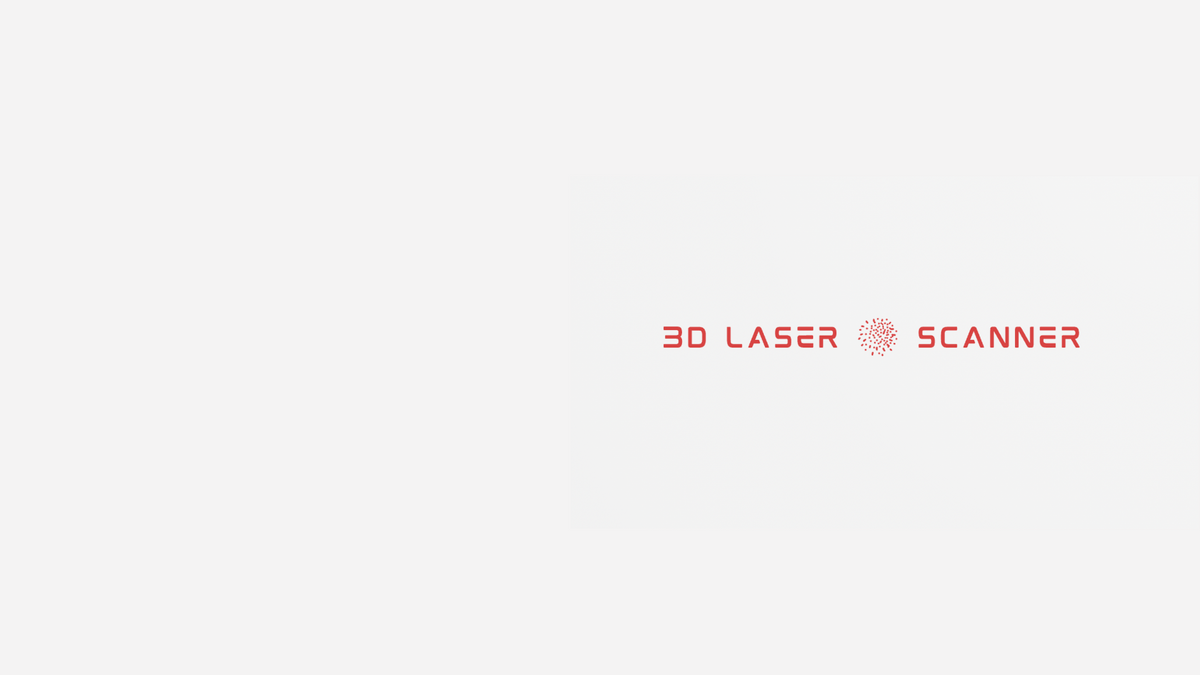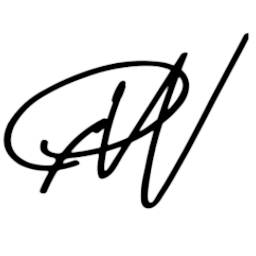Reverse-engineering of the 3D Printers

Unraveling the 3D Printer's Secrets: From Ground Zero to Laser Hero
When life gives you lasers, make a 3D scanner! Well, it's not as catchy as the original phrase, but it holds true in my case. My last-minute engineering escapade? A month-long sprint creating a 3D laser scanner for reverse engineering 3D printers. So, let's dig in.
Designing the Vision
It all started with an idea - a vision of the product. From there, I jumped headfirst into the design process: 3D modelling, producing all the tech plans for a Proof of Concept, and even mapping out a roadmap for potential upgrades. I bet you can guess that my favourite material became anything that doesn’t reflect laser light!
The Birth of a Prototype
Fast forward a few caffeinated nights and a full-scale prototype was born. Then, to bring the creation to life, I developed a desktop application that seamlessly connects to the camera and lasers.
Calibration is Key
There was a lot of calibration involved. With all the fine-tuning done, I was able to drastically increase accuracy and optimise the creation of a point cloud of the scanned object.
User-Friendly Operation
Now, you might be thinking, "this sounds complicated!" But, I've got you covered. The scanner is designed with simplicity in mind. You can adjust the device based on the size of the object and its distance from the camera. The scanning process even offers different modes to balance the results' quality and processing speed. It's a bit like programming - the cleaner and more optimised your code, the smoother your program runs.

Impressive Outcomes
The results? Stellar! With the right settings - a 1080p resolution and a stepper motor set to capture an image every 1/2 step - you'll get details so fine, they'd make an electron microscope blush.

Looking Ahead
In a nutshell, this project was paving the way for more detailed and precise 3D scanning operations.
My next steps were simple, aim to help as many people as we can with this type of innovation. That included creation of:
1. Hand prosthesis for veterans and people with disabilities.
2. 3D printed cast.
3. Bespoke shoes for athletes.
Piotr Wolanski - 2014
Most of these ideas, even if great, would not stand a chance with the markets. It was simply to early to do this type of project as the market adoption would have taken lots of time. Also, technology must be improved to make it super easy to use for everyone.
You know, try to convince a doctor in the hospital at that time that they need a 3D Scanner and 3D Printed in-house.
Anyway, the idea of taking this project from ZERO to 💯 was a fantastic journey of innovation and learning. I would recommend it to anyone who loves robotics and engineering.
